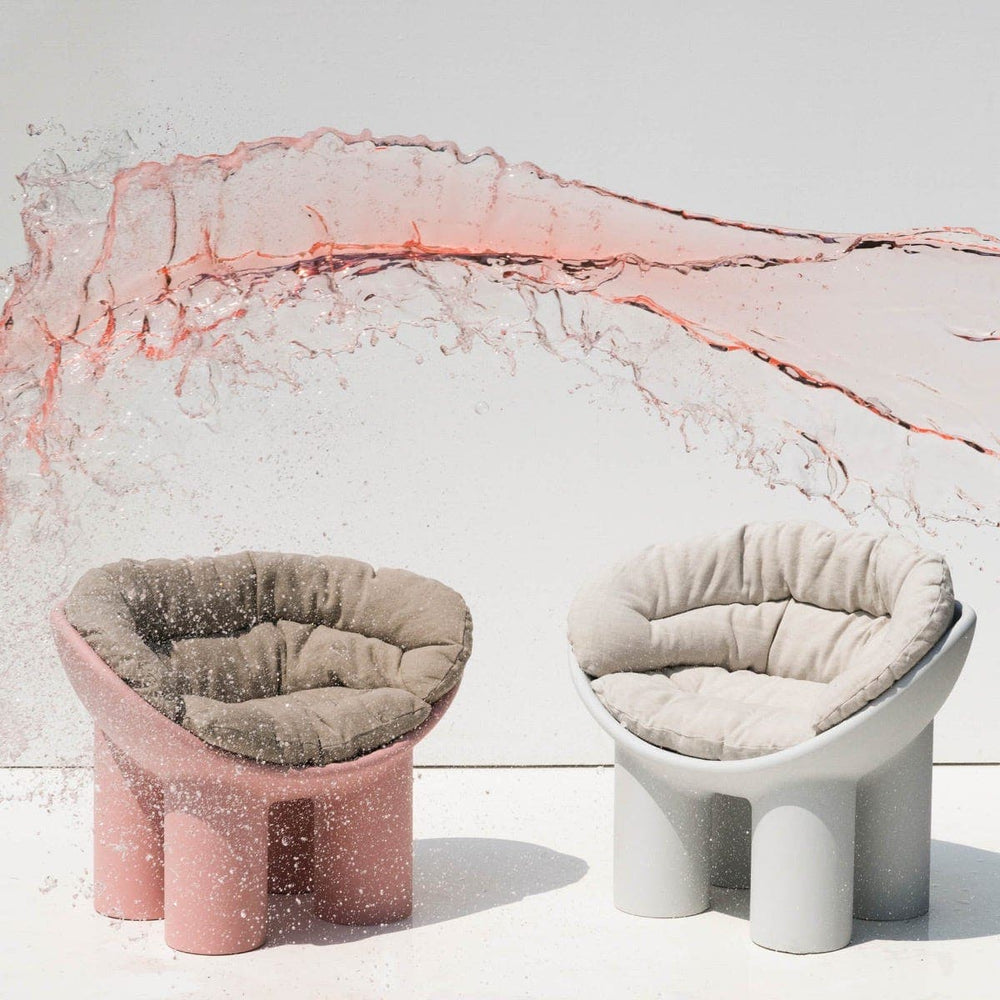TRENDS: Sustainability by Cristina Morozzi
The term "sustainability" is widely used in the environmental, economic and social spheres, but it's more than a simple definition. It's caring about the planet, all the creatures and the future generations. It's in our everyday gestures. Read the article by Cristina Morozzi.
In today’s day and age, sustainability has become a necessary prerequisite for our actions. The word “sustainability” itself indicates an existential attitude of respect for nature, animals, creatures, plants and other humans and expresses itself in a commitment that each of us can take towards saving the planet and halting environmental change.
Sustainability involves major industrial and economic projects and long-term planning, but also our everyday gestures. One of these gestures is taking care of the things that surround us, with this approach being linked to popular culture, mainly peasant culture, which can be applied to our daily way of life in our homes. This word is associated with a maternal instinct, with primitive matriarchal cultures that assigned to women the task of creating and to men that of tearing things down. It is a term rich with implications that demands that we rethink our relationship with things and people, in a conciliatory and not belligerent approach, and with flexibility in accepting the needs of others.
Caring is an ancient wisdom. It is a daily practice that takes time and is incompatible with the haste of consumerism, which fosters artificially accelerated obsolescence to increase the culture of disposability. Caring is an attitude that is connected to true, hidden values and not to the misleading ones of the markets. Caring is a discreet art that teaches us, in preserving and safeguarding, to live better by consuming less.*
In Ippolito Nievo’s book Confessions of an Italian (original: Confessioni di un italiano), published in 1858, he describes the kitchen of Castello di Fratta and says that it was customary, at the sides of the large table, to hang cloth bags where breadcrumbs were collected for later use. Nothing was wasted, not even a crumb.
Cristina Morozzi
*Read more about the history and philosophy behind sustainability in Cristina Morozzi’s book Oggetti risorti (Revived Objects).
















